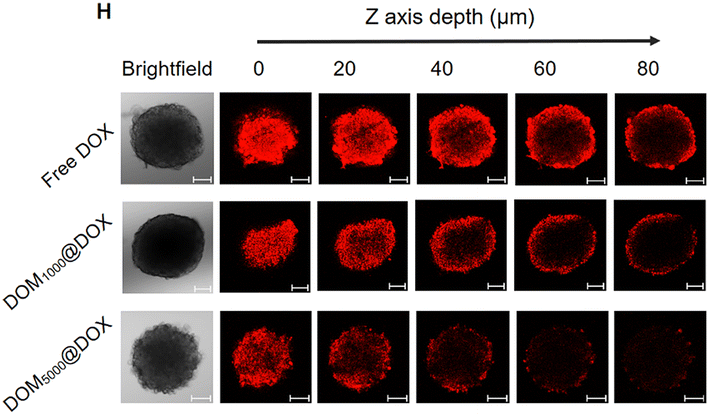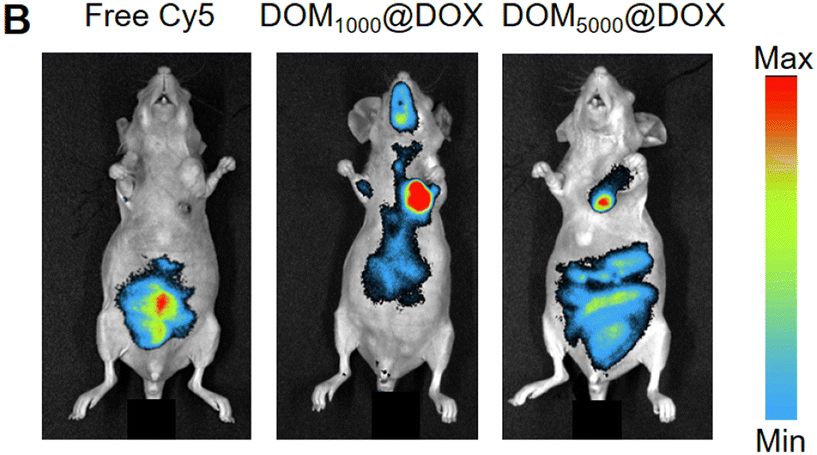 Open Access Article
Open Access ArticleCreative Commons Attribution 3.0 Unported Licence
Correction: A bottlebrush-architectured dextran polyprodrug as an acidity-responsive vector for enhanced chemotherapy efficiency
Tian
Zhang
ab,
Yajun
Wang
ab,
Xianbin
Ma
ab,
Cuilan
Hou
c,
Shuangyu
Lv
d,
Die
Jia
ab,
Yi
Lu
ab,
Peng
Xue
 ab,
Yuejun
Kang
ab,
Yuejun
Kang
 *ab and
Zhigang
Xu
*ab and
Zhigang
Xu
 *ab
*ab
aKey Laboratory of Luminescent and Real-Time Analytical Chemistry (Southwest University), Ministry of Education, School of Materials and Energy, Southwest University, Chongqing, 400715, P. R. China. E-mail: zgxu@swu.edu.cn; yjkang@swu.edu.cn; Fax: +86-023-68253204; Tel: +86-023-68253792
bChongqing Engineering Research Center for Micro-Nano Biomedical Materials and Devices, Southwest University, Chongqing 400715, P. R. China
cDepartment of Cardiology, Shanghai Children's Hospital, Shanghai Jiaotong University, No. 355 Luding Road, Shanghai, 200062, P.R. China
dSchool of Basic Medical Sciences, Henan University, Kaifeng 475001, China
First published on 4th December 2024
Abstract
Correction for ‘A bottlebrush-architectured dextran polyprodrug as an acidity-responsive vector for enhanced chemotherapy efficiency’ by Tian Zhang, et al., Biomater. Sci., 2020, 8, 473–484, https://doi.org/10.1039/C9BM01692A.
The authors regret an error in Fig. 2H and Fig. 4B in the original manuscript. The correct version of Fig. 2H and Fig. 4B is as shown here. This correction does not affect the results and conclusions in this paper, and the caption in published paper of these figures is unchanged.
The Royal Society of Chemistry apologises for these errors and any consequent inconvenience to authors and readers.
| This journal is © The Royal Society of Chemistry 2025 |


